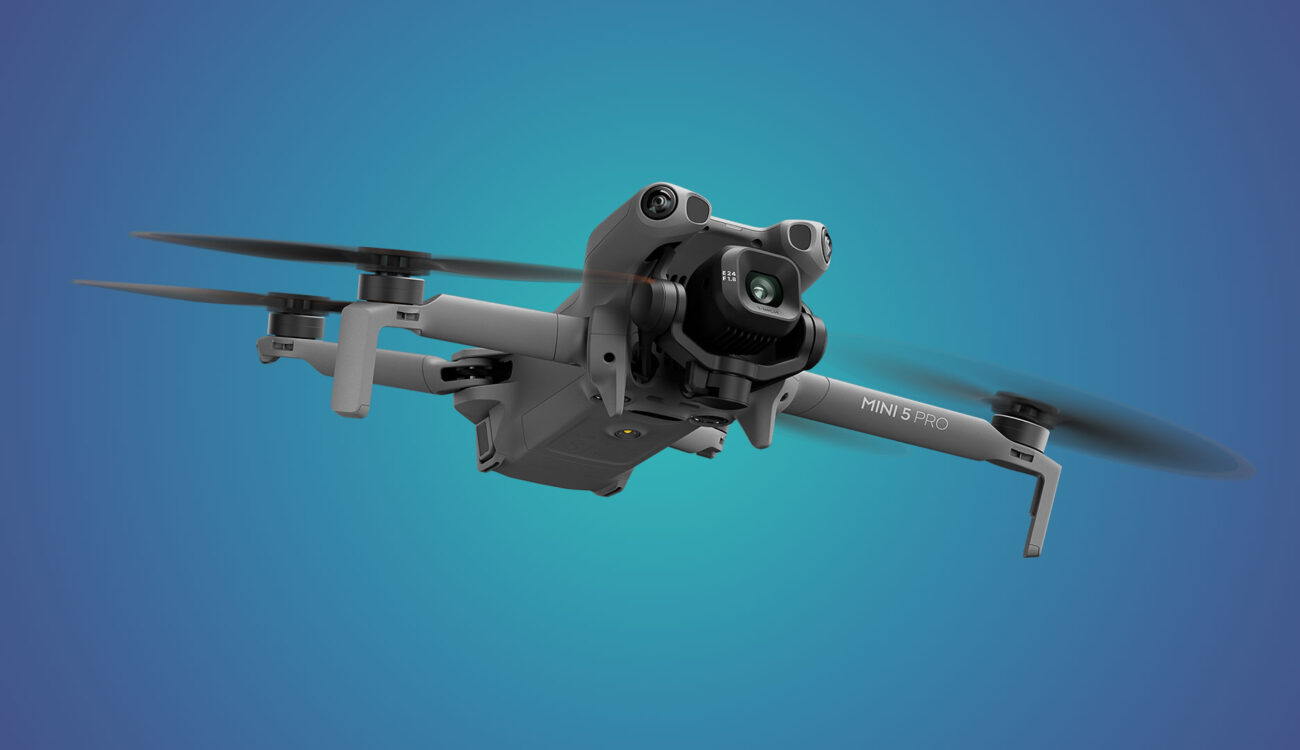On September 17, 2025, DJI officially launched the Mini 5 Pro in global markets.
What’s New & Key Features
DJI has made several upgrades to the Mini 5 Pro compared to the Mini 4 Pro:
| Feature | Detail / Upgrade |
| Sensor & Camera | 50 MP 1-inch-type CMOS sensor, improved low-light performance |
| Video Capabilities | 4K up to 120 fps, support for 10-bit D-Log M color (TechRadar) |
| Weight & Classification | DJI claims ~249.9g, aiming to keep it in the sub-250g / “C0” class in many regions (Tom’s Guide) |
| Gimbal & Camera Motion | 225° roll rotation (for vertical shooting), enhanced flexibility |
| Obstacle Avoidance & Sensors | Omnidirectional sensing (including LiDAR, infrared, vision sensors) for safer flight, even in low light (Tom’s Guide) |
| Battery / Flight Time | Rated up to 36 minutes in standard mode, and up to 51 minutes with a “Plus” battery option |
| Transmission / Range | OcuSync 4+ with claims of long-range transmission (varies by region) |
| Other Features | Built-in storage (42 GB), improved wind resistance, better control & tracking modes (Tom’s Guide) |
What Problems or Limitations Remain
Despite the Mini 5 Pro’s impressive performance, it is not a perfect model. Here are a few potential concerns and caveats to consider:
Legal / Potential Weight Limitations
- Because DJI advertises at 249.9g, it sits just outside many countries’ “drone under 250g” class limitations. However, manufacturing tolerances may mean some units are heavier than that.
- Here in the U.S., even a small amount of weight over this threshold will require more licensing or could require registration.
Cost & Premium Features
- The Mini 5 Pro is priced higher than many beginner drones, and is marketed as mid or pro class.
- Some of the advanced features (LiDAR, full avoidance) have a price, and added complexity that may be off-putting.
Wind / Stability Tradeoffs
- The Mini 5 Pro is a light weight drone, which fulfills the target weight limit for a class of drones, but due to the light weight may also have issues with stability in some wind conditions when compared to larger heavier drones.
Who Should Consider Buying it?
The DJI Mini 5 Pro is for:
- Creators / videographers / photographers who are looking for the highest level of camera quality in a small size.
- Travel/Vlogging /social media creators who want a powerful drone but don’t want to deal with even more heavy regulations (assuming the weight holds).
- An intermediate to advanced hobbyist wanting more out of a “mini” drone that is not just a casual toy.
A user who lives outside the U.S. where DJI is officially supporting it — support, warranty, and regulations are easier. With that said, if you live in a country with strict drone laws, or you want guaranteed warranty/service support for a drone user in a country where DJI fully operates, you should find out if the Mini 5 Pro is officially available there first.
Final Verdict
The DJI Mini 5 Pro is a pretty bold step forward for DJI’s mini-drones. High sensor, advanced obstacle avoidance, improved video performance, and still sub-250g (according to DJI) make it tries to push what is possible in the lightweight drone category.
However, as the boundary between compliance and violation of the rules is narrowed (weight remains a significant factor), it is evident that buyers need to check the local regulations and to verify what the actual weight of the aircraft will be. In regions such as the U.S., where DJI has not fully introduced it, buying one may be accompanied by limitations in either support or legality.





